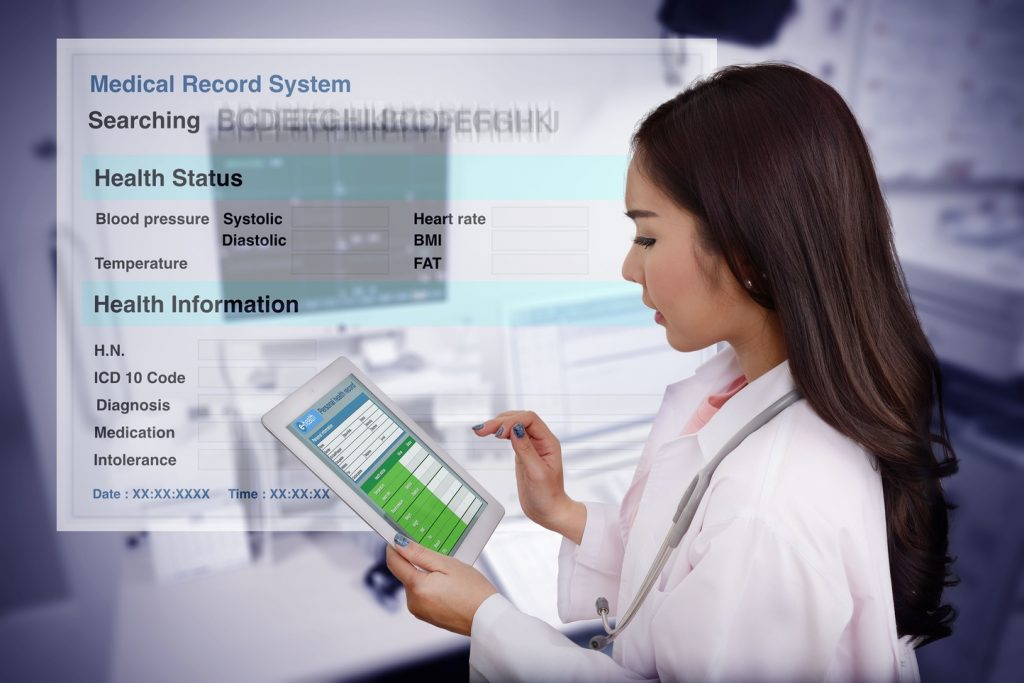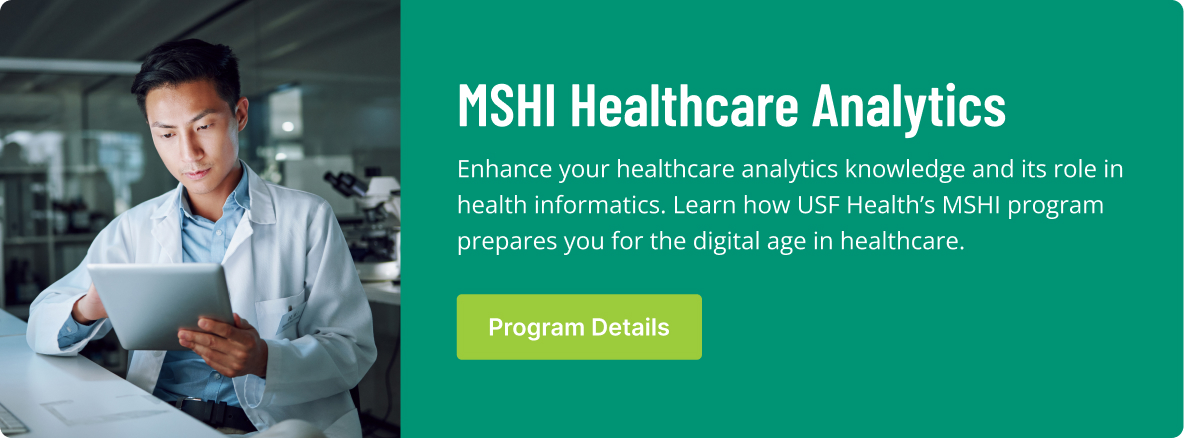The U.S. Bureau of Labor Statistics (BLS) estimates that jobs related to the gathering, interpretation, storage, sharing and utilization of electronic health records and other medical data will grow by more than 15% through 2024. That’s twice as fast as the rate of growth estimated for all professions.
The passage of the American Recovery and Reinvestment Act accelerated the digitization of medical records. Hospitals, clinics and small practices now produce a massive amount of digital medical data.
This rapid expansion of available digital medical records created an information resource that gives healthcare leaders unprecedented depth of insight to help guide decisions regarding the delivery and the business of healthcare.
In turn, decision makers are beginning to rely more on analysts who possess the experience and skillset needed to organize and interpret large sets of medical data in an effort to improve patient outcomes and keep prices in check.
According to a Talent Neuron labor market analysis conducted in spring 2017, key job skills employers seek include experience with:
- Clinical informatics
- Big data
- Clinical workflow
- Data mining
- Data warehousing
- Information management.
In addition, many employers look for candidates with knowledge of structured query language (SQL), electronic medical records, clinical trials data, Python programming language, and experience working with systems developed by prominent healthcare analytics vendors such as, IBM, Cerner and Epic Systems.
Job listings for healthcare analytics positions often appear under titles that include “clinical analytics,” “heath data analyst” and similar terms. Advertised positions run the gamut of experience and level of responsibility, including specialist, analyst, manager, director and C-suite level.
The salary range for health analytics positions, according to the BLS and a recent survey conducted by the research arm of the Health Information Management Systems Society (HIMSS), starts at an average of $37,000 for entry-level positions and reaches as high as $196,000 for high-level C-suite positions such as chief medical information officer.
Below is a partial list of job titles available for specialists in the field of healthcare analytics.
Health Analytics Job Titles and Descriptions
Health Informatics Director – At the director level, health informatics experts are expected to lead a team of analysts, develop best practices for interpreting and storing health data, evangelize the organization’s medical data strategy and remain updated on the latest tools available for healthcare data analysis. The health informatics director typically reports to a C-suite level decision maker and/or a top-level administrator. This position might also be listed as “clinical informatics director” in a job post.
Healthcare Data Analyst – Expected to possess a deep understanding of data gathering, storage and sharing methods, analysts are skilled at interpreting datasets as they relate to their organization’s goals and needs. New data derived from research conducted by a healthcare data analyst can shape an organization’s business strategy and healthcare delivery methods.
Health Informatics Consultant – This often is a contract position or an agency job. A consultant is enlisted by a healthcare organization to revamp the way data is used, either for a one-off project or for a specific period of time. Consultants might help update a network, install and ensure quality for new software, conduct specialized training or troubleshoot in the aftermath of a crisis or system failure.
Clinical Data Manager – Charged with the collection and analysis of relevant datasets, clinical data managers manage specific projects, develop training procedures for the organization, oversee a team of health data analysts and create reports based on their analysis of data. They are concerned with data visualization and evaluation.
Clinical Quality and Performance Improvement Manager – This is a quality assurance/quality control position, and duties can include evaluating how an organization uses data and making recommendations about how data can be better used to meet organizational goals.
Chief Medical Information Officer – Hospitals around the country have recognized the need for C-suite level oversight of their organizations’ use of datasets to improve patient care and reduce business costs. CMIO is among the best-paying positions in Health IT – more than $196,000 annually as of 2015, according to HIMSS. As such, it requires the highest level of expertise in health informatics and data analytics, as well as a great deal of experience in the field. Duties vary by organization, but often include designing and implementing new HER applications, overseeing the IT systems of the organization, leveraging medical data to improve operations and training physicians and other IT professionals in computerized healthcare applications.
*National long-term projections may not reflect local and/or short-term economic or job conditions, and do not guarantee actual job growth. Information provided is not intended to represent a complete list of hiring companies or job titles, and program options do not guarantee career or salary outcomes. Students should conduct independent research for specific employment information.




